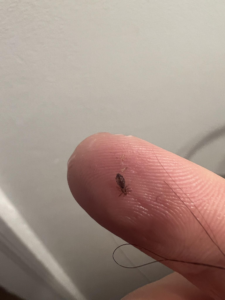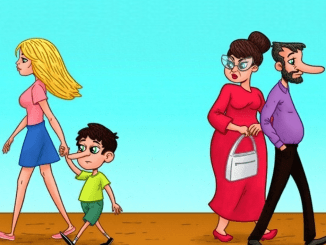Head lice infestations are a common problem that can impact families from all walks of life. While treating an active infestation is crucial, teaching kids how to prevent head lice in the first place is equally important. From avoiding the sharing of personal items to regularly inspecting for signs of lice, there are several proactive steps parents can take to keep these pesky critters at bay.

Understanding Head Lice
Head lice are small, wingless insects that live on the human scalp and feed on blood. They are typically spread through direct head-to-head contact or by sharing personal items like hairbrushes, combs, and hats. While head lice don’t carry diseases, their bites can cause itching and discomfort, and a severe infestation can lead to secondary skin infections.
Preventing Head Lice
To keep head lice at bay, it’s important to implement a comprehensive prevention strategy. Here are some effective tips:
1. Avoid Sharing Personal Items
Encourage your children to avoid sharing personal items that come into contact with the head, such as hairbrushes, combs, hats, scarves, and pillows. Educate them on the importance of maintaining their own personal belongings.
2. Properly Store Personal Belongings
Teach your kids to hang their coats and hats on individual hooks or in separate areas at school, rather than tossing them into a communal pile. This helps prevent the accidental transfer of lice between items.
3. Regularly Clean Shared Items
Frequently clean any items that come into contact with your child’s head, such as car seats, pillows, and headphones. This helps eliminate any potential lice or nits (empty egg casings) that may be present.
4. Familiarize Yourself with Head Lice
Take the time to review pictures of head lice and nits so you can easily recognize them in your child’s hair. This will help you quickly identify and address any potential infestations.
5. Conduct Weekly Checks
Inspect your child’s hair at least once a week, focusing on the back of the head, the neck area, and behind the ears where lice tend to congregate. Use conditioner to make combing through damp hair easier.
6. Recognize Symptoms
Be alert for signs of head lice, such as an itchy scalp and red bumps on the neck or scalp. If you find lice, remain calm and proceed with the appropriate treatment.
7. Take Precautions Before Sleepovers and Field Trips
Review these prevention steps with your child before they attend sleepovers, school trips, or camping outings, where the risk of lice transmission is higher.
8. Avoid Ineffective Measures
Contrary to popular belief, short hair or ponytails won’t prevent head lice infestations. Special shampoos and sprays are also generally ineffective unless used to treat an active infestation. Stick to approved treatment methods if lice are found.
9. Stay Informed
Be extra vigilant if head lice are frequently reported at your child’s school or in their classroom. This can help you catch any potential infestations early.
Managing Head Lice Infestations

If your child does contract head lice, it’s essential to take the necessary steps to prevent the spread and eliminate the infestation. Here’s what you should do:
1. Remove All Nits
Ensure that you remove every single nit (empty egg casing) from your child’s hair, as missing even a few can lead to a persistent infestation as the remaining nits continue to hatch.
2. Inform Others
Notify other parents, especially those of your child’s close contacts, so they can check and treat their children if necessary. This helps prevent the lice from being passed back and forth, leading to a cycle of reinfestation.
Head lice are a common problem, but with the right prevention strategies and prompt management, you can keep them at bay. Remember, early detection and encouraging non-sharing of head-touching items are key. While it’s important to prevent lice, it’s also crucial to prioritize safety measures like wearing protective gear such as helmets to avoid serious injuries.
Conclusion
Head lice infestations can be a frustrating and persistent problem, but by implementing a comprehensive prevention strategy and acting quickly to manage any active infestations, you can keep these pesky critters at bay. By educating your children, regularly inspecting for signs of lice, and taking proactive steps to clean and store personal items, you can significantly reduce the risk of head lice in your household.


